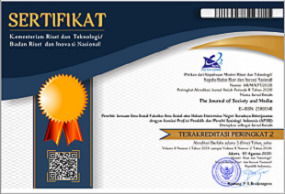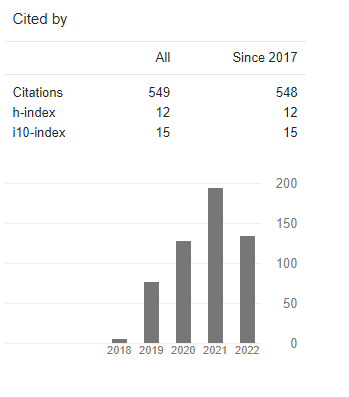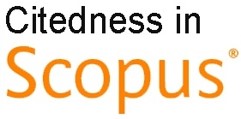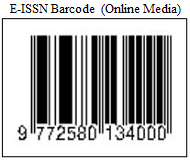Empty, Dry, and Infertile Forests: Women's Perceptions of Deforestation in Meru Betiri National Park
DOI:
https://doi.org/10.26740/jsm.v6n1.p121-138Keywords:
forest management, deforestation, meru betiri national parkAbstract
Illegal logging has damaged the ecosystem of Meru Betiri National Park (henceforth defined as TNBM), as indicated by the loss of water sources and the destruction of the forest. As citizens around the forest, hardly can women do anything to address the problem, except see the ongoing forest destruction. This study scrutinizes women's perceptions of deforestation in Meru Betiri National Park. Women have limited access to TNMB management, making women the most disadvantaged due to forest destruction. This research aims to investigate women’s perceptions of deforestation in the national park through a phenomenological approach. Documentation and interviews were involved in data collection. The collected data were analyzed and interpreted descriptively. This study found that pessimism and powerlessness colored women's perception of the forest. Empty and infertile, without water sources and animals represent ironic women's subjective perception. The dominant patriarchal structure, corrupt forest management, and the view of illegal logging as a way of survival have reflected women's perceptions of TNMB deforestation.
References
Atmadja, Stibniati, Hiasinta Lestari, Houria Djoudi, and Nining Liswanti. 2020. Finance Mechanisms in Indonesia Making Climate Finance Work for Women and the Poor Insights from National Climate Finance Mechanisms in Indonesia.
CIFOR-ICRAF. 2021. Laporan Tahunan 2020: Membangun Masa Depan Lebih Baik.
Downloads
Published
How to Cite
Issue
Section
 Abstract views: 398
,
Abstract views: 398
, PDF Downloads: 321
PDF Downloads: 321













